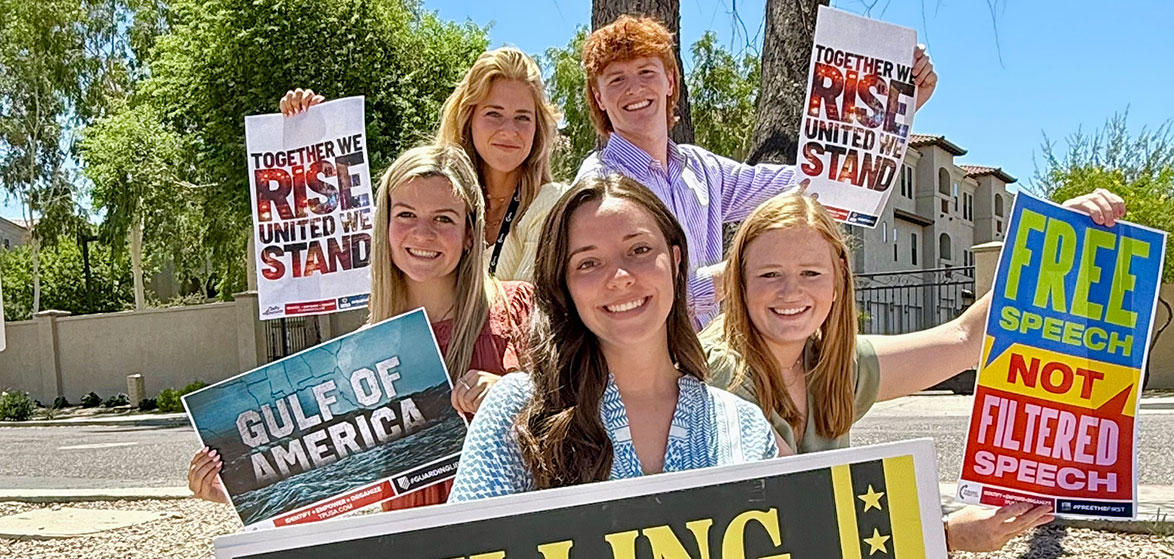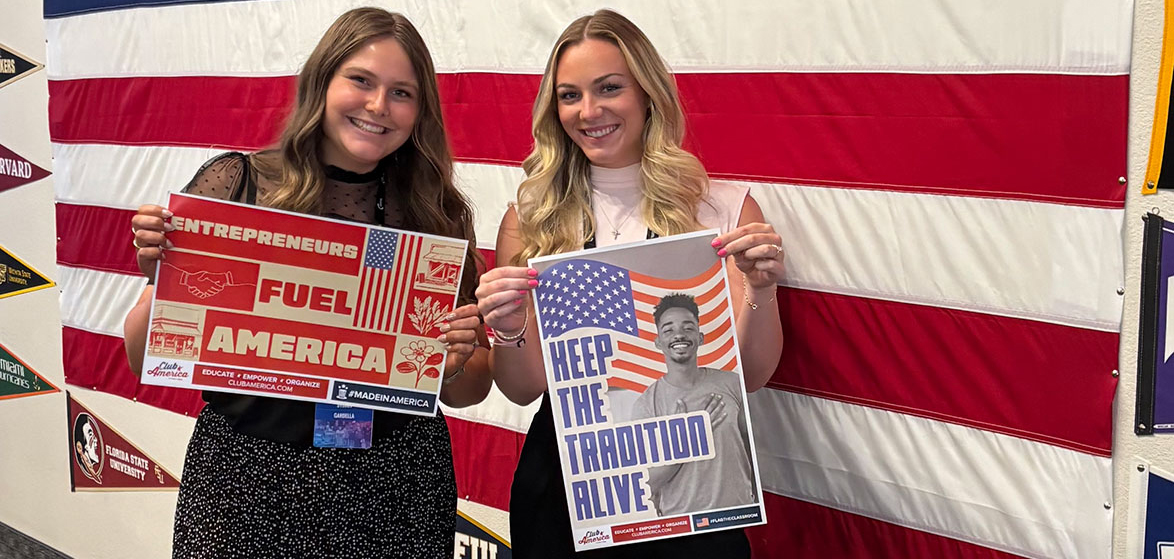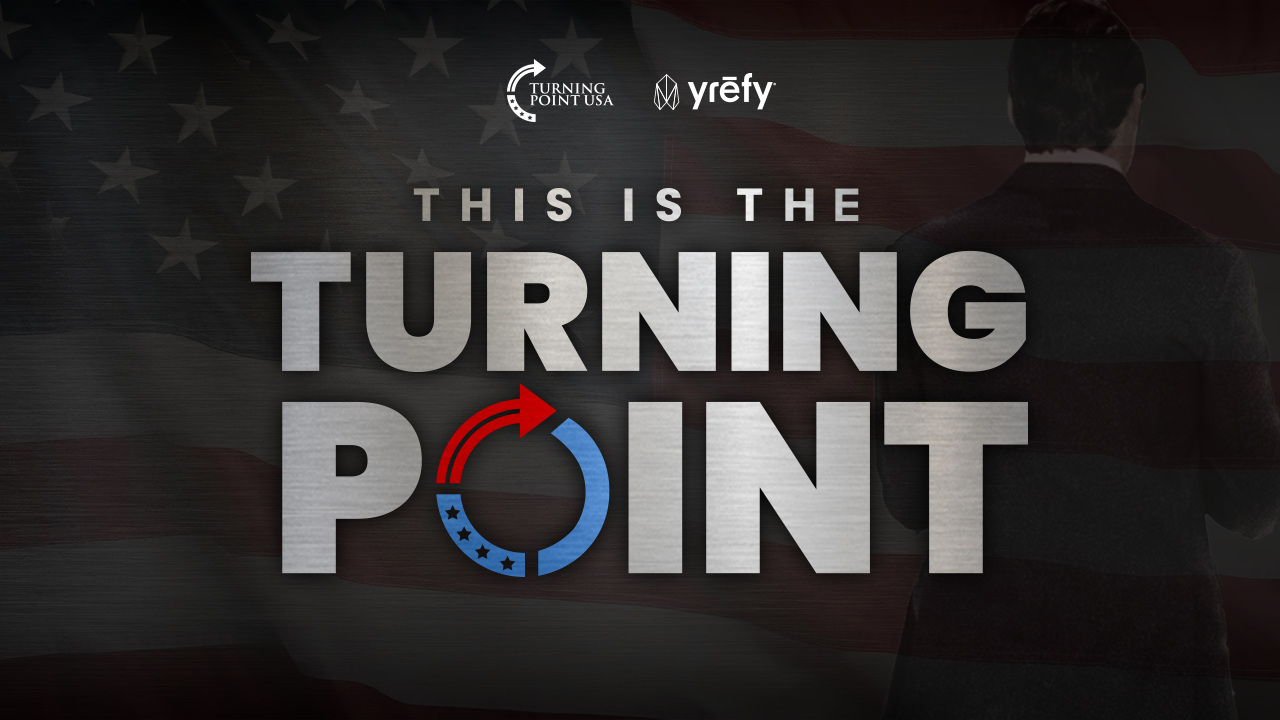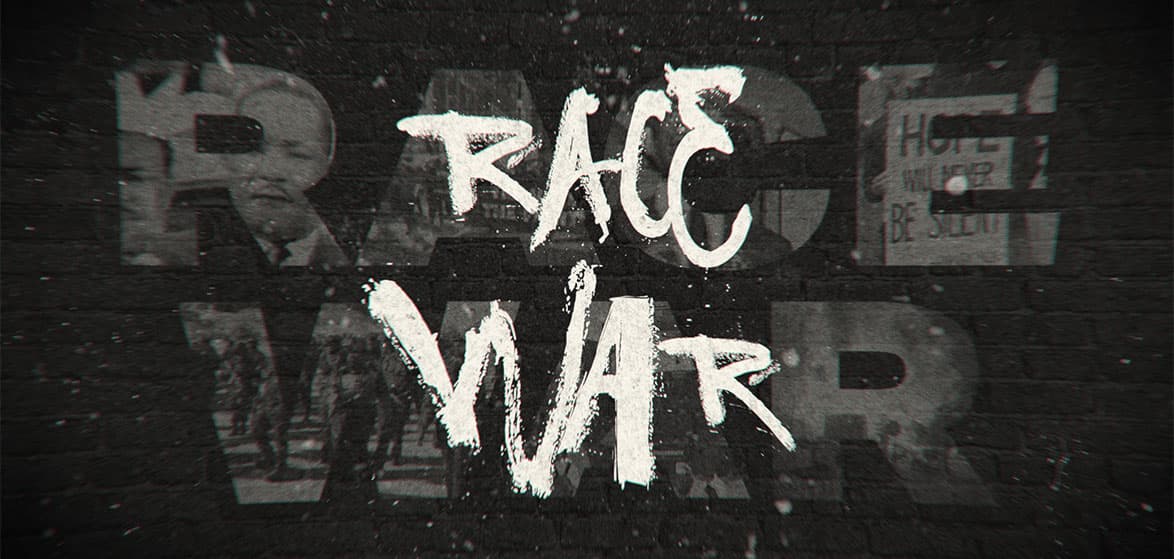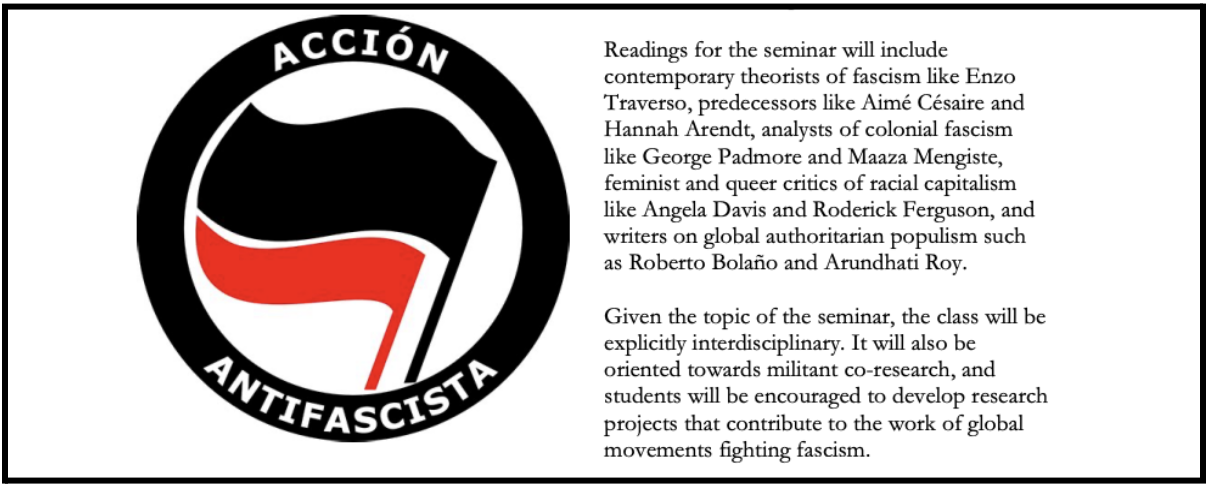
Confidential documents reviewed by the New York Post confirm that New York City’s poorest zip codes are forced to bear the brunt of the migrant crisis. The city reportedly places the most migrant shelters in the poorest areas of the city.
Queens is home to 36% of the city’s migrant shelters or 70 of the city’s 193 shelters. Thirty-six percent is the conservative estimate as Mayor Eric Adams’ office told the Post that the total number of migrant shelters is up to 217. The Mayor’s office refused to reveal where those additional shelters are located.
Another 49 shelters are in Manhattan, 44 in Brooklyn, 25 in The Bronx, and 5 on Staten Island. Three of the top-five shelter-saturated ZIP codes — parts of Jamaica, Queens, and East New York, Brooklyn — are considered the poorest areas in the city with a medium-income below $37,300.
The residents of lower-income neighborhoods are seemingly upset that the city opted to put a large swath of migrants in their communities. Danny Beauford, a Queensbridge Houses resident, told the New York Post that the migrants are “taking over.”
“The city dropped a bomb on us. The [migrants] are taking over,” Beauford said. “They’re taking over all the parking with their 8,000 scooters. They’re disrespectful — peeing in front of everybody. We do that one time, and we’re going to jail for a long time.”
Shawarm Shields, a 56-year-old resident at North America’s largest housing project, griped about the city’s decision to send migrants into low-income areas of the city when residents are already struggling.
“Why are y’all sending them here? Send them to Fifth Avenue. Send them to Park Avenue, but [the city] won’t do that,” Shields said. “Why are you sending where everyone is already living check to check? They ain’t living check to check in Manhattan.”


